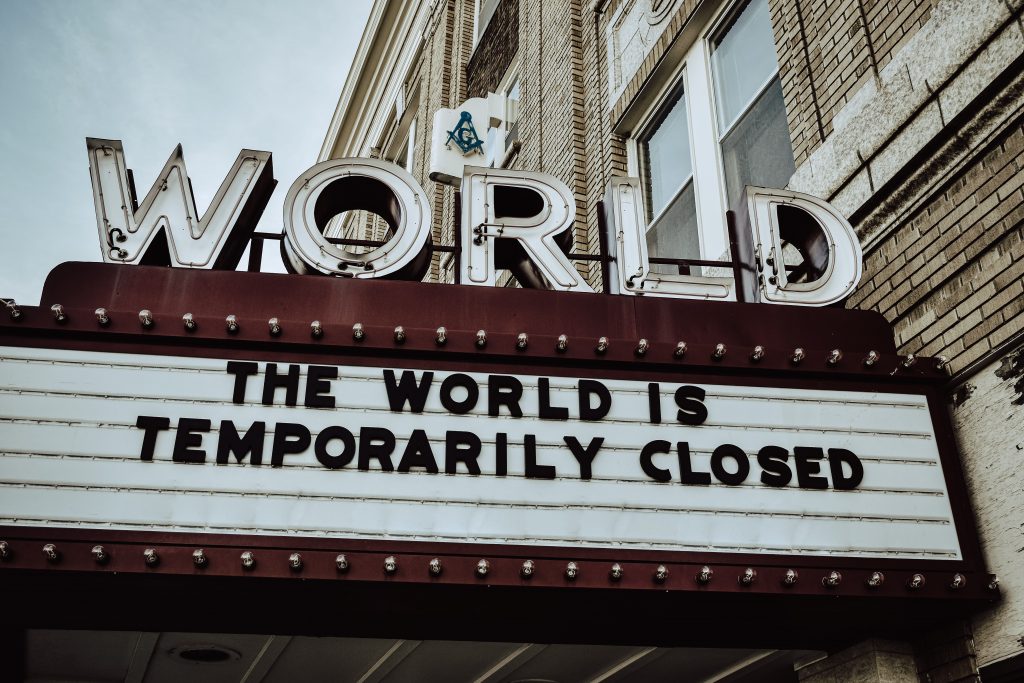“Long COVID”, Our Next Public Health Threat?
Author: May Thongthum

Vaccinated individuals in developed countries are returning back to normal life; however, some of the recovered are still experiencing destabilizing symptoms months after infection.
Dr. Phillips and Williams from the COVID Collaborative, Washington, and the Harvard T.H. Chan School of Public Health have raised concerns about “long COVID”, our next public health disaster. To define the scope of this phenomenon, the Centers for Disease Control and Prevention (CDC) has given an interim terminology of “long-haul COVID” or “long COVID” as “a range of new or recurrent symptoms that can occur or last weeks or months to anyone who has had COVID”. The clinical definition is still under development, but physicians reveal that long COVID may occur in varying degrees of illness, affecting multiple organsand the symptoms often deteriorate after physical and mental activity. Regarding the pathophysiology, scientists have looked into the link between long COVID and postural orthostatic tachycardia syndrome (POTS) as well as other common hypotheses such as a persistent live virus or autoimmunity symptoms.
Why might long COVID be our next public health catastrophe? The natural history of SAR-CoV-2 transmission is still under investigation. The mechanism, virulence, duration of viral infection is continually evolving. Historical records of similar post-infection syndromes show that patients may experience conditions such as chronic fatigue syndrome, fibromyalgia (widespread musculoskeletal pain), Lyme disease syndrome, etc. There is still an ongoing debate regarding the recognition of long COVID as a legitimate syndrome as some scholars believes that longCOVIDdeserves thorough clinical research while the opposite side argues with the belief that long COVID probably has no pathophysiological origins. Nevertheless, multi-year research on post-COVID conditions is intensifying as it will be crucial to inform healthcare intervention, outbreak response, and clinical decision making.
To protect the population health, Dr. Phillips and Williams proposed 5 public health measures to address the surge of long COVID; 1) launch a vaccine education campaign to convince hesitant populations, 2) advance research to identify causes, mechanisms, and means for prevention and treatment, 3) learn from the known post-infection syndromes, 4) set up multispecialty long COVID clinics, and 5) provide persistent supportive care to COVID-19 patients. Taken together, they believe these five interdisciplinary approaches may initiate the prevention and mitigation of the upcoming disaster of long COVID.
References:
Centers for Disease Control and Prevention. (n.d.). Post-COVID Conditions: Information for Healthcare Providers. Centers for Disease Control and Prevention. https://www.cdc.gov/coronavirus/2019-ncov/hcp/clinical-care/post-covid-conditions.html.
Phillips, S., & Williams, M. A. (2021). Confronting Our Next National Health Disaster —Long-Haul Covid. New England Journal of Medicine. https://doi.org/10.1056/nejmp2109285